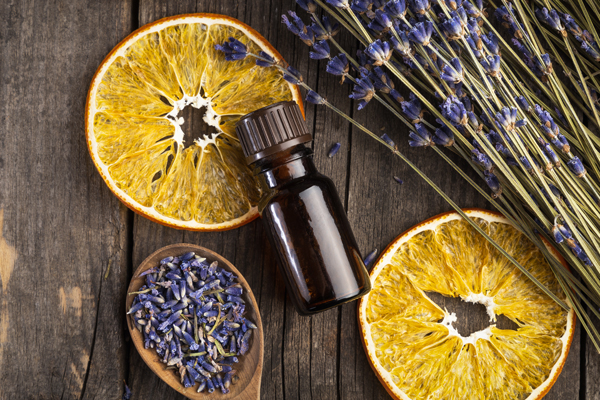
Five steps to reduce mask anxiety
Anxiety is not uncommon when wearing a mask. Although you are not in a closed space, wearing a face mask can make it feel that way. When we wear a mask, the act of breathing in and out means that our sympathetic nervous system is involved and, if our body perceives any restriction to our airflow, it can trigger a number of responses, including a feeling of anxiety, difficulty breathing, a sore throat, increased heart rate, and increased sweating.
Just like a fear of heights or a fear of spiders, there are steps that can be taken to desensitize the body, so you can feel more comfortable wearing a mask.

Five steps to help you get started
- Remind yourself that you are safe: Regular cotton masks are not airtight, and allow for adequate airflow around the mouth and nose, and studies have shown that their use results in no significant change in oxygen or carbon dioxide levels. While wearing your mask talk to yourself using calming words such as “I am still safe and I will get through this.” Try a few variations until you find one that resonates.
- Challenge negative thoughts: If you find yourself thinking negative thoughts while wearing a mask, try challenging them. For example, if you have the thought, “I am feeling unwell” notice that thought and acknowledge the feeling. Tell yourself, “My mask might make me feel this way, but I am glad that I am able to do something to keep myself and others safe.”
- Regulate your breathing: Try to avoid rapid, shallow breathing while wearing your mask. Instead, try using belly or diaphragmatic breathing (your belly should rise and fall with your breath as opposed to your chest rising and falling). Take long, slow, deep breaths with the exhale lasting longer than the inhale. If this type of breathing is novel for you, ensure to practice while not wearing a mask as well.
- Start small: Practice can improve things, even when it comes to reducing mask wearing anxiety. Try wearing a mask at home for short periods of time. Even if at first you are only able to wear your mask briefly, you will find that it becomes more tolerable for longer periods of time the more you practice.
- Try aromatherapy: Some people find aromatherapy helpful when wearing a mask, so try lightly spritzing your mask with a gentle scent that you enjoy or one that relaxes you, like peppermint (please be mindful of scent-free environments).

Understanding that your mask might be causing you to feel unwell or anxious and acknowledging these feelings is key to combating mask anxiety. Incorporating these five steps can help you to increase your comfort level, and allow you to wear it for longer periods of time, and in settings where masks are mandatory.
If you’d like the support of a psychologist or other healthcare professional, please check our Locations page to find a clinic near you or book online to schedule an appointment.



